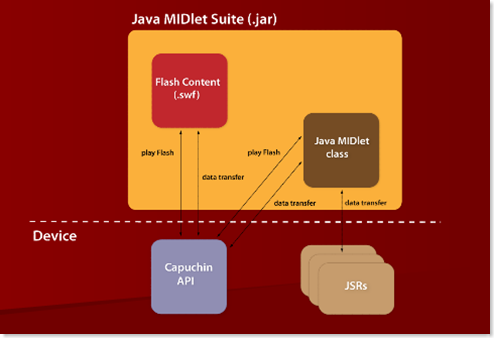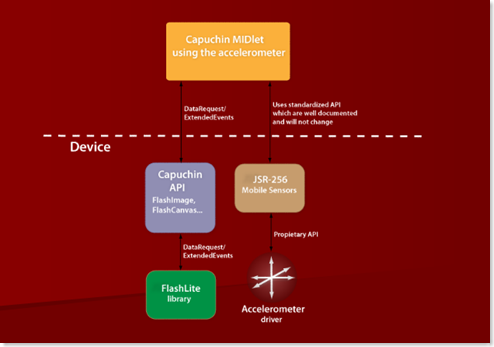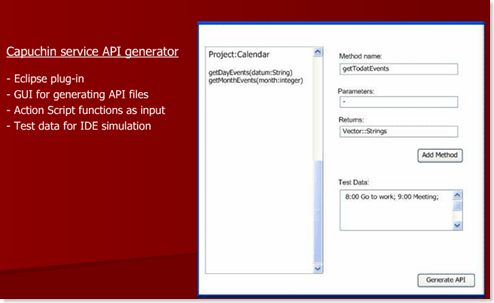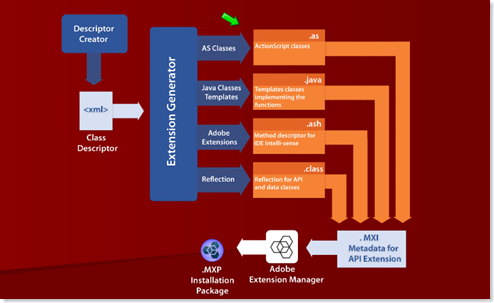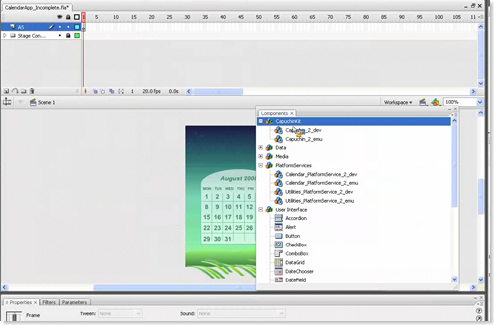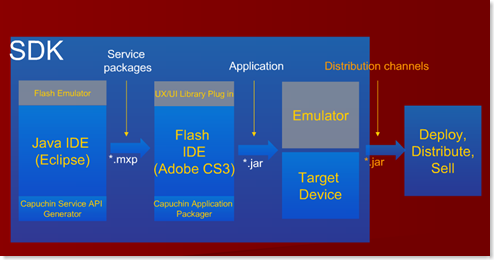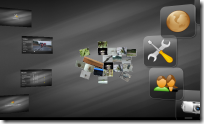Google is allowing Adobe AIR applications to access Map APIs: What does it mean for Rich Desktop and Mobile Applications? Why is this a BIG step?
Thomas Menguy | November 25, 2008Let’s find out why this shift means a lot for Rich desktop and Mobile Applications
Google web APIs are simply the most used and prevalent today, allowing a full range of mash-ups and new web services…but what not a lot of people know is that it was simply not legal to use Google maps APIs outside of a web site, so namely in an application!
This is why only Google were providing native applications around their maps services for mobile phone (iPhone apps, WinMob, J2me), and PC (Google Earth)
And now they changed their mind:
There were both technical and legal challenges blocking AIR support in our API. AIR has a different security model, which required a number of changes to the “internal plumbing” of the API in order to implement our delayed-loading model, where the actual implementation of the map’s functionality loads dynamically from Google’s servers once the application launches. Also, our Terms of Service used to specify that the Maps API could only be used for online web applications.
Now that both the API and Terms of Service have undergone a facelift, we are releasing the first version of the API that will allow Flash/Flex developers to bring Google Maps to the AIR runtime.
This is is a big acknowledgment from Google of the relevance of desktop and mobile rich applications to access “in the cloud†data, the browser is no more the only deployment method for web services, and the nice work done by Adobe around AIR/OpenScreen is pushing this idea making it more and more mainstream…iPhone apps for the most part are specialized access to web resources, and what to say about Android? This trend is also followed by Nokia through its Trolltech acquisition for the QT technology, check my little post about this one here.
So thanks Google! let now see what’s coming from the web…and this old boy called desktop and its mobile children!






